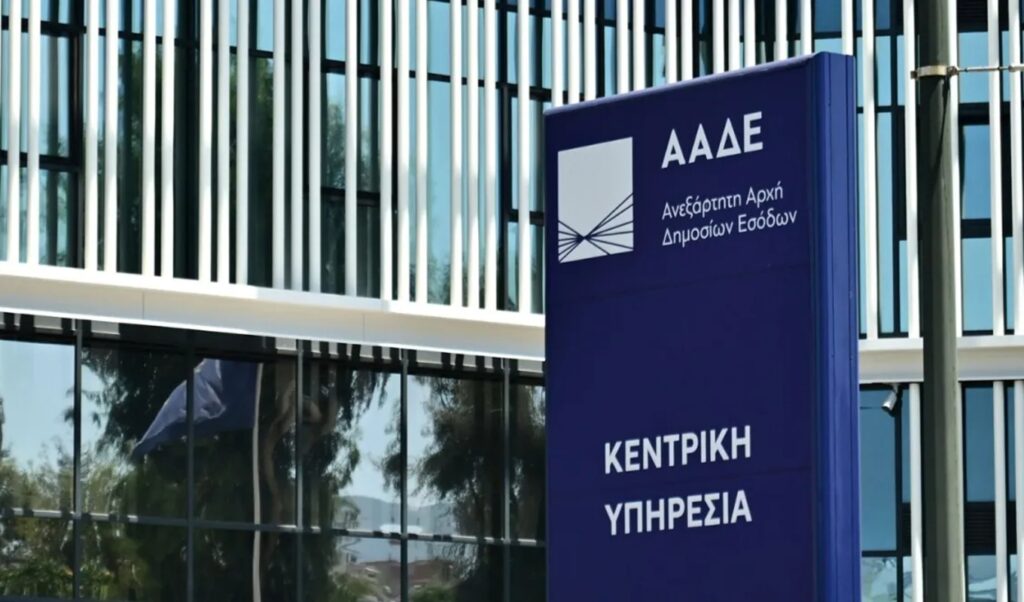If the data of tenants and landlords is correct, with the IBAN being key, the leases have been declared in Taxisnet and remain active, and generally all tax matters are compliant, AADE is checking everything so that the rent refund, the measure announced at the Thessaloniki International Fair, becomes a reality for 1,180,000 households. Updates indicate the process will be completed according to the schedule, meaning by the end of October, so that automatic credits of the money to beneficiaries’ accounts can begin. Now, digitization helps eliminate the need for applications and other supporting documents, since there is access to lease declarations and tax returns.
Read: November subsidies: “Premiere” with rent refund – When amounts will be paid
Of course, the checks are conducted very carefully. The declared rent amount must, naturally, correspond to the rent amount that the tenant paid during the year. The risk, however, is discovering that the tax return data and the subsidy amount are inaccurate. For undue amounts, meaning those paid without being subject to debt and owed, the procedure is different. They are directly subject to interest. The interest rate amounts to 0.73%, while the prospective beneficiary will not be entitled to rent refund for three years.
Support measure
The announcement of the rent refund and its implementation targets vulnerable households due to increased rent. By November 20, the amounts are scheduled to have been given to beneficiaries. Naturally, there will be cases that will be delayed, as it’s certain that discrepancies or pending issues will be identified case by case. Corrections will be announced to prospective beneficiaries through myAADE.
No beneficiary will receive more than 800 euros for the main residence, while for each dependent child an increase of 50 euros is provided. The same limit, meaning 800 euros, applies to student housing.
The income criteria are:
- Single: maximum income 20,000 euros.
- Married / civil partnership: maximum household income 28,000 euros, increased by 4,000 euros for each child.
- Single-parent families: maximum household income 31,000 euros, increased by 5,000 euros for each additional child beyond the first.
Naturally, families with total assets above 120,000 euros for single-person households will not be entitled to subsidies. For each additional member there will be an increase of 20,000 euros. For both residences, main and student, the maximum amount is 1,700 euros, while for two student residences, it’s 1,600.
Rent: Only electronic payment accepted
Cash payments will not exist for those who want to be beneficiaries of the rent subsidy. Higher taxation will also await landlords who take payments “in hand”.
Specifically:
– Tenants who do not pay rent for main and student residences through banks will lose the rent subsidy, even if they meet income or asset criteria. For example, a main residence tenant who pays 800 euros per month, if they continue paying rent in cash, from 2026 will be excluded from financial assistance. They won’t be entitled to a single euro from next year’s rent refund. It should be noted that the measure will be implemented from November and specifically for this year will be paid to tenants based on this year’s tax returns.
– Taxpayers who rent properties and receive rents “in hand” will lose the 5% discount on gross income from rent, which is calculated automatically without submitting supporting documents. For example, a taxpayer receives 12,000 euros annually from rent currently paid in cash. If they continue receiving rent “in hand,” they will be taxed on the total income of 12,000 euros and not 11,400 euros, since the 5% discount on income from rent received will not apply.




